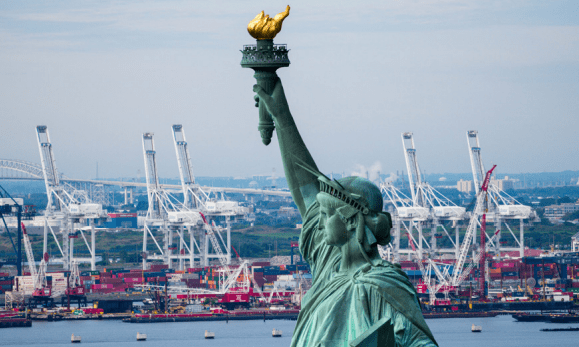The end of the strike in U.S. ports (East and Gulf Coast) has important implications for the industry.
Had the strike continued, potential long-term consequences would have included:
- Permanent changes in global trade routes, with companies reducing reliance on U.S. East Coast ports.
- Increased investment in automation at ports, possibly intensifying labor disputes.
- Government intervention: increased economic damage could pressure management to invoke legal measures to force a return to work.
Mario Veraldo, CEO of MTM Logix, highlighted these consequences and estimated economic losses from the strike at between $3.8 billion and $5 billion per day.
Strike in U.S. ports
The U.S. East and Gulf Coast port strike significantly exacerbated global supply chain volatility.
With key industries and ports severely affected, and alternative routes offering limited relief, resolution of the strike was critical.
According to Veraldo, its outcome may reshape labor relations, trade routes and logistics strategies for years to come.
Future implications
Companies in a variety of sectors implemented strategies to mitigate the impact of the strike:
- Retailers turned to air freight for critical goods, despite higher costs.
- Although limited infrastructure poses challenges, energy companies are considering redirecting oil exports.
- Automakers adjusted production schedules and explored alternative logistics routes.
Wage increases
Negotiations stalled despite mediation efforts. The U.S. Department of Transportation encouraged both sides to return to the negotiating table. President Joe Biden also urged a resolution.
In the end, some 50,000 dockworkers succeeded in obtaining a 62% wage increase over six years.
Logistics
Ports such as Veracruz and Lazaro Cardenas in Mexico experienced increased traffic as companies sought alternative shipping routes.
While this represented short-term economic opportunities, there were concerns about infrastructure limitations leading to congestion and higher costs.

